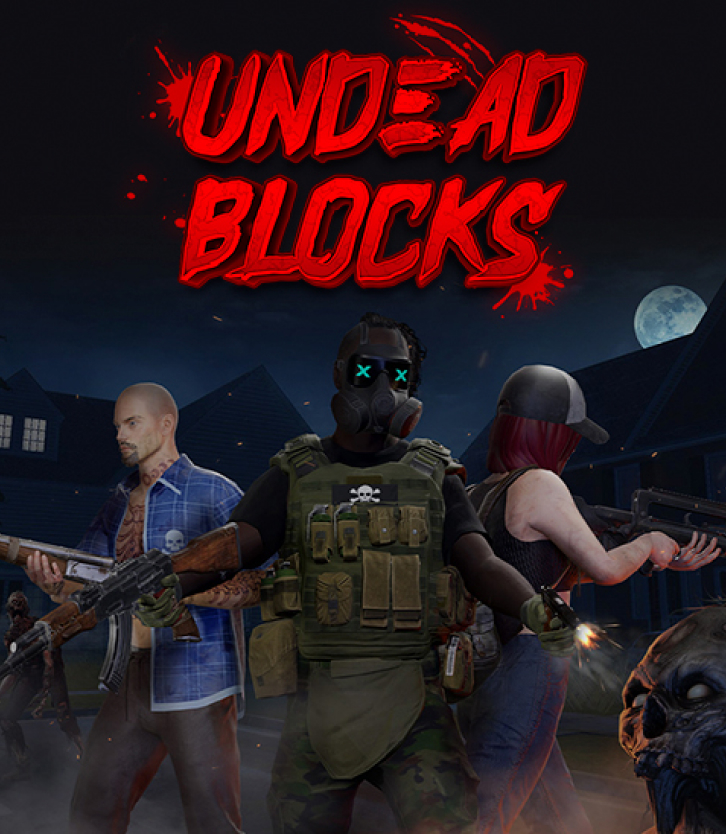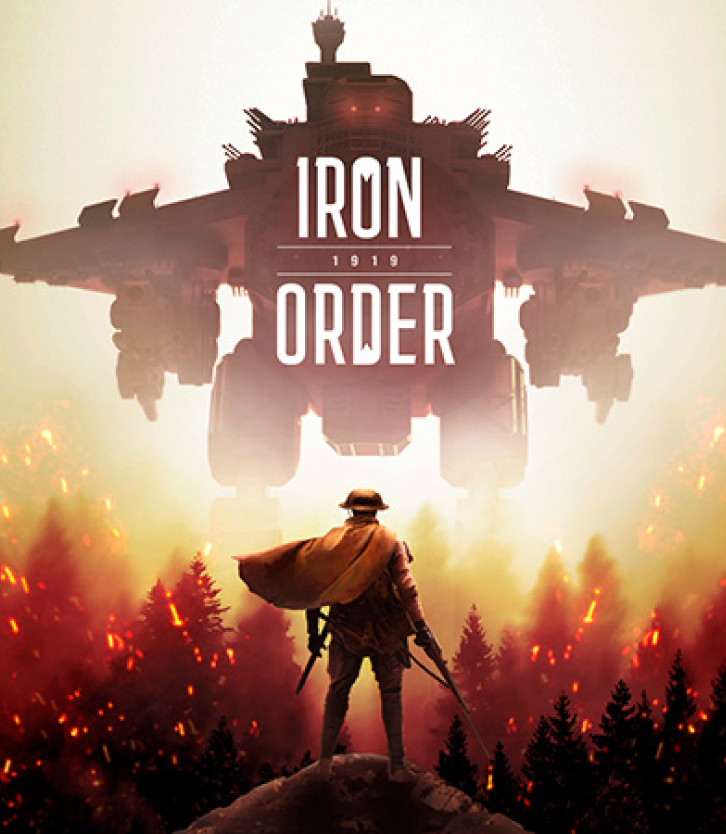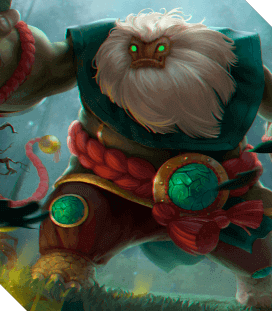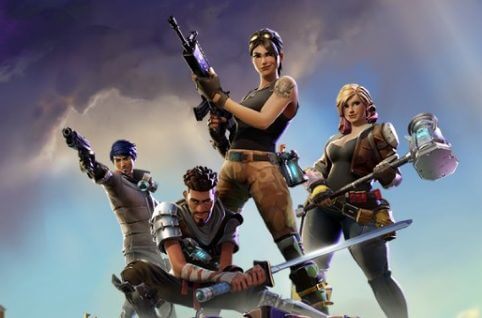Our Game Level Design Development Services
Our specialists have experience in different game genres and styles and can offer the best design, goals, and mechanics to captivate different audiences of players.
Our Technology Expertise in Game Level Design
The Team for Creating Your Ideal Game Level Design
-
Art Director
The art director determines the style of the game and directs all specialists to ensure that the project is properly managed. With a sense of artistic integrity, the art director strikes a balance between the publisher's vision and the developers' creative suggestions.
-
Artists
Artists are engaged in the creation of the necessary art according to the approved style, taking into account the specifics of game design. Combining the right approaches and techniques, they provide a stylistic unification of all game elements.
-
Game Developers
Our game developers continue the process of level design and game development, transforming the created concepts into dynamic scripts and code that provide interactivity, performance, and control of the game.
-
Testers
Testers ensure the correctness of the level design game development process and check for errors in all aspects of the game, from the interface to the display of each game element, to eliminate all bugs in a timely manner.
Our Fundamental Benefits in Game Level Design
With our experience of more than 10 years in gamedev, the groovy level design is guaranteed to you: transform your ideas into a modern, playful design in line with top gaming trends.
Quick Facts About Us
Developers
Partnership
Business
Other Services
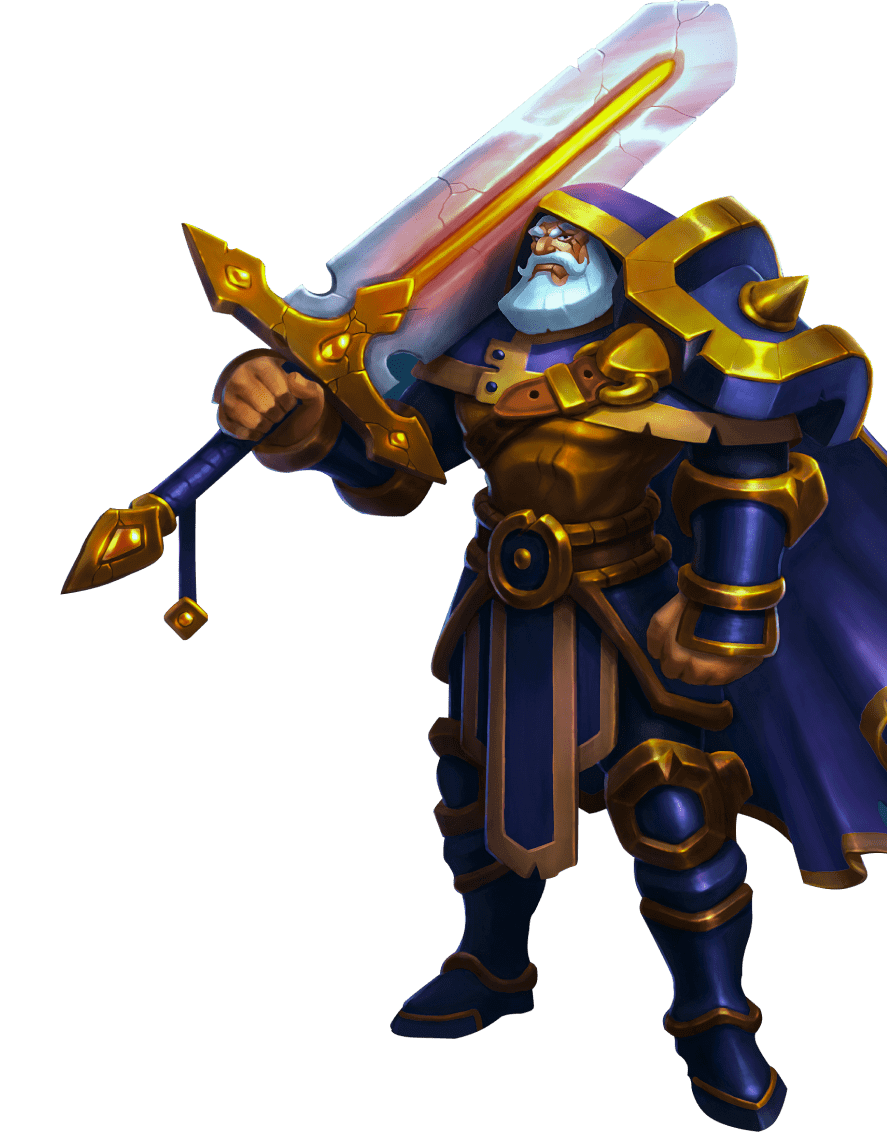
FAQ
What are the 5 core elements of game design?
To create a successful game, it is necessary to ensure that its mechanics and style match, as well as carefully work out each of the 5 key elements of game design:
- Aesthetics.
- Theme and plot.
- Game characters.
- Goals and rewards.
- Victory conditions.
What are the stages of level game design?
There are 8 key stages in level design game development:
- Pre-production. Discussing the key topic and scope of the project.
- Combat design. Determining the style and rules of combat.
- Layout. Developing the basic structure of the level and its elements.
- Blocking. Creating a playable level sketch from simple low-detail blocks.
- Scenario. Integrating events, behavior, and game logic into the level.
- Lighting. Adding shadow and depth to the blockout to define the level shape.
- Environmental art. Adding visual details to a level.
- Release. Releasing the completed project.
What are the 7 game design rules?
7 main game design rules can be distinguished:
- Fidelity.
- Objectives.
- Constraints.
- Success criteria.
- Reward.
- Play.
- Competition.


